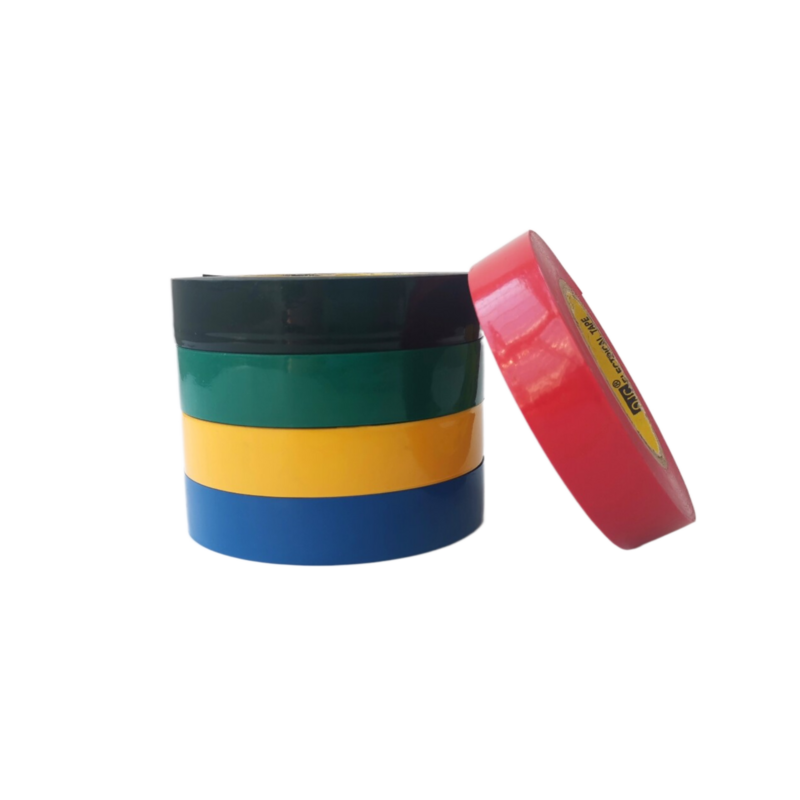The Versatility of Blue Tape in Electrical Work
When it comes to electrical work, having the right tools and materials is crucial for ensuring safety and efficiency. Among these tools, blue tape has become an essential item for electricians and DIY enthusiasts alike due to its versatility and reliability. Often referred to as painter's tape, blue tape serves a variety of functions that extend far beyond its original use for painting. Here, we explore the many applications and benefits of using blue tape in electrical projects.
Safety First
One of the primary reasons electricians favor blue tape is its ability to enhance safety. In electrical installations, labeling wires is critical to prevent hazardous mistakes. Blue tape allows electricians to mark different wires and circuits clearly, helping to avoid confusion during installation or maintenance. By labeling wires with blue tape, workers can easily identify which wire belongs to which circuit, reducing the risk of accidental shorts or electrical shocks.
Temporary Hold
Blue tape is also known for its adhesive properties, which can be particularly useful when securing wires temporarily. During the installation process, an electrician may need to hold wires in place before making permanent connections. Blue tape provides a reliable method for keeping wires organized without leaving a sticky residue behind. This not only helps maintain a clean workspace but also prevents damage to the wires and surfaces they come in contact with.
Color-Coding for Clarity
blue tape electrical

In addition to labeling, blue tape can be an effective method for color-coding different electrical components. For example, using blue tape to indicate specific phases in a three-phase electrical system can help clarify which wires are associated with each phase. This clarity is essential when troubleshooting issues or making modifications to an existing system. Color-coding with blue tape increases efficiency because it allows electricians to quickly identify which component needs attention or servicing.
Protecting Surfaces
Another benefit of blue tape is its ability to protect surfaces during electrical work. When working in finished spaces, electricians must be cautious about avoiding damage to walls, floors, or other elements. Applying blue tape around light switch boxes or outlets can prevent paint splatter or scratches while allowing for a clean and professional-looking finish. This feature is particularly useful for residential projects, where maintaining the integrity of the homeowner's property is essential.
Ease of Use
Blue tape is lightweight and easy to tear, making it user-friendly for professionals and DIYers alike. It adheres well to various surfaces, including metal, plastic, and drywall, while remaining easy to remove without causing damage. This ease of use contributes to its popularity among electricians who often need to adjust and reposition wires and components during a project.
Conclusion
Blue tape's multifaceted utility makes it a staple in the electrical industry. From ensuring safety through proper labeling to aiding in organization and surface protection, this seemingly simple tool has a significant impact on the efficiency and safety of electrical work. Whether you are a seasoned electrician or a passionate DIYer, having blue tape on hand can save time, reduce risks, and contribute to a more organized and professional approach to electrical projects. Its remarkable balance of functionality and versatility is a testament to the importance of choosing the right tools for the job. So, next time you’re working on an electrical project, don’t underestimate the power of blue tape—it might just be the unsung hero you need.
-
XIANGFAN Rubber Tape-Ultimate Solutions for All Your Insulation NeedsNewsJun.24,2025
-
XIANGFAN Rubber Tape-Protection for Industrial and Residential ApplicationsNewsJun.24,2025
-
XIANGFAN Rubber Tape: Superior Safety and Sealing for Demanding EnvironmentsNewsJun.24,2025
-
XIANGFAN Rubber Tape: Reliable Solutions for Every Electrical ChallengeNewsJun.24,2025
-
XIANGFAN Electrical & Industrial Tape: Powering Reliability Across IndustriesNewsJun.24,2025
-
XIANGFAN Electrical & Industrial Tape: Excellence in Every ApplicationNewsJun.24,2025
